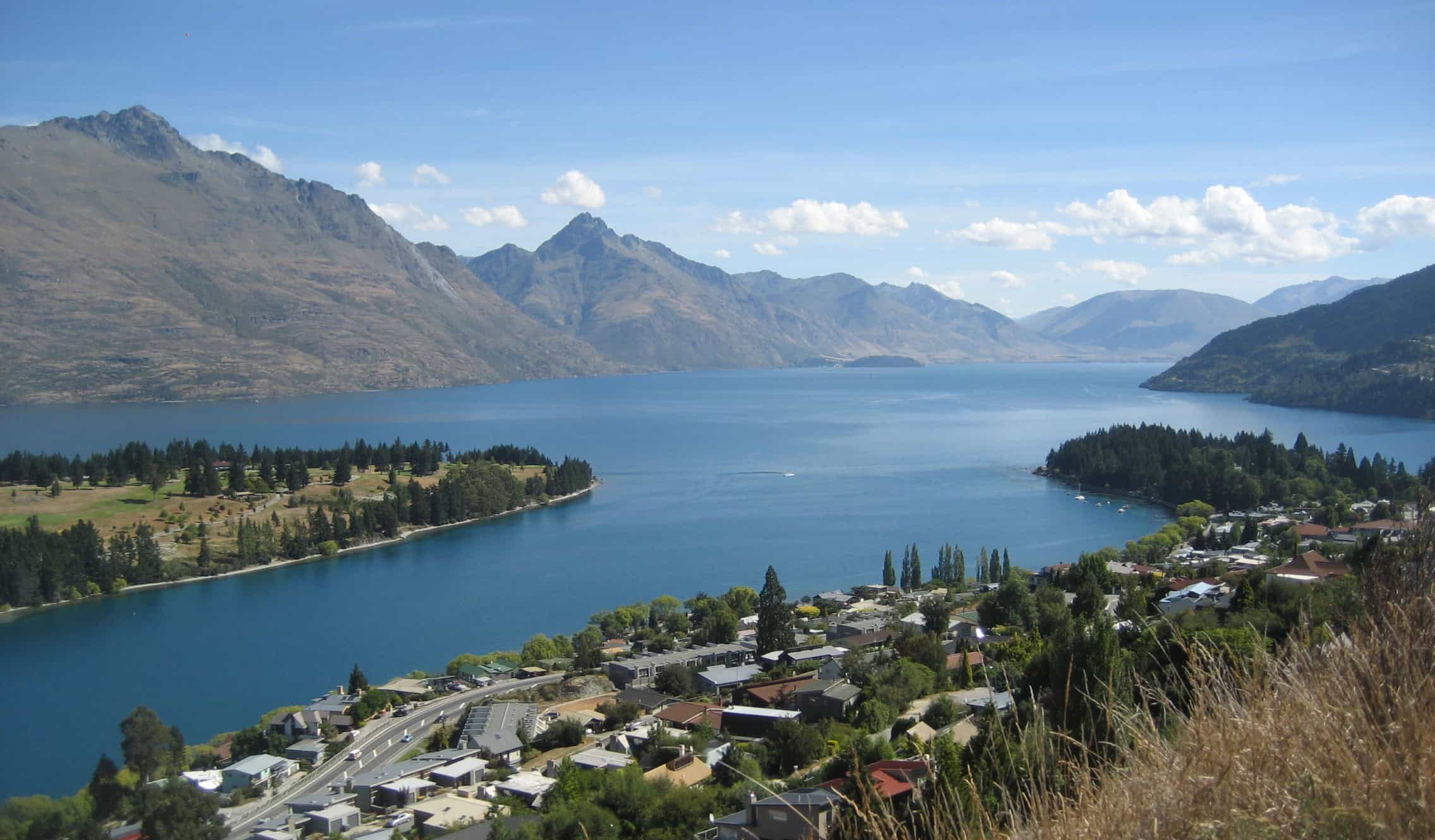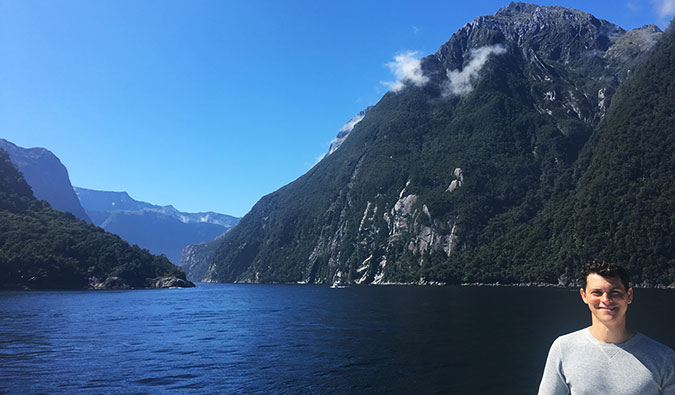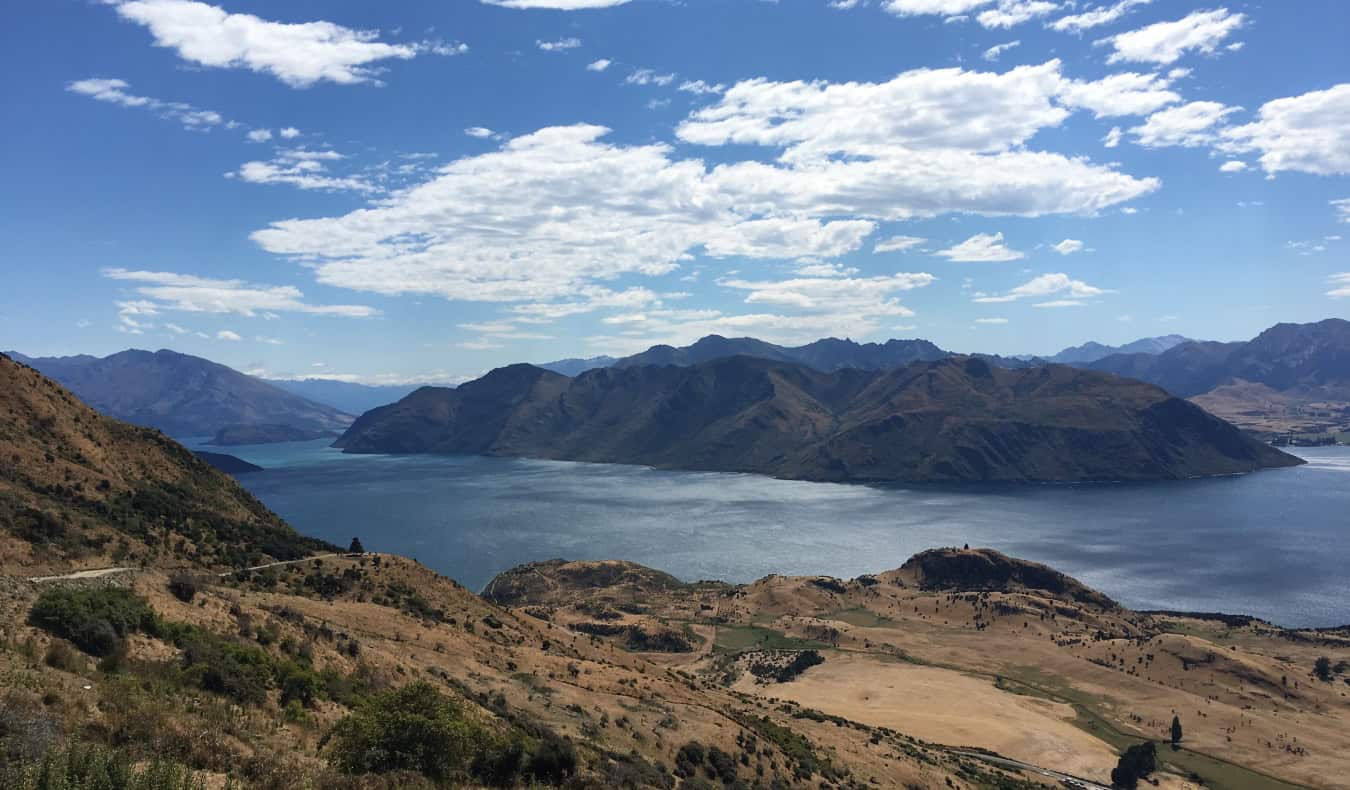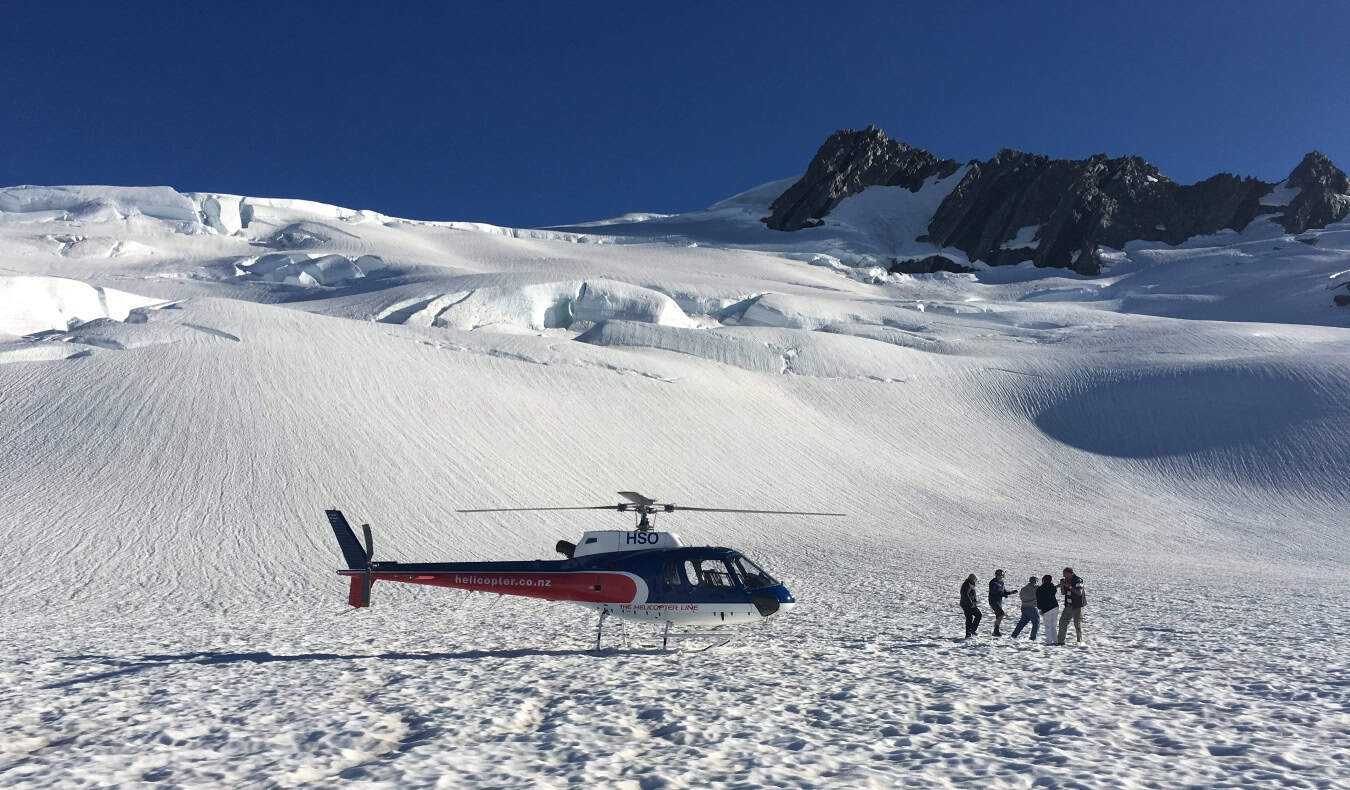
The South Island Road Trip Itinerary for New Zealand
The South Island is New Zealand’s largest (but least-populated) island…but also its most stunning. It’s an island that is dramatic and beautiful, with only 23% of New Zealand’s population. There are wineries, wildlife and adventure sports on this island. It’s the island where people spend more time. While everyone tends to stick to a few places, there are many hidden gems worth exploring. You’ll need at least two weeks to explore the island. You’ll feel rushed if you spend less time. There’s so much to see. You can then see all the major attractions, go off the beaten track, enjoy some hiking and not be rushed (traveling between places may take longer than expected)! What should be your starting point and ending point? Looking for some tips to get you started? These are things I think every visitor should experience:
Looking to see the other island? Check out my detailed road trip itinerary for the North Island!
Choosing the Right Vehicle
Before you plan your route, you need a way to get around. Campervans are a popular way to travel around New Zealand, especially for budget-conscious tourists, since they can be used as transportation and accommodation. If you want a campervan, there are five main rental agencies:
Prices vary a lot. The daily rate you pay will vary depending on the location you choose to pick up your vehicle from, the length of time you rent it for, the date you book and the season you choose (prices double during high season! If renting a car is more appealing than living in a van for several weeks, you can book your accommodation on the way. Discover Cars, which searches rental agencies large and small for the best deals, is my preferred rental site. You can get a quote using this widget:
Even if your international flight lands in Auckland on the North Island, you can easily get a cheap flight to Queenstown, which also has direct flights to many major cities in Australia if your trip to New Zealand is part of a larger adventure.
Days 1-3: Queenstown
Queenstown is a picturesque town overlooking Lake Wakatipu and surrounded by the beautiful peaks of the Remarkables mountain range. There is a strong outdoorsy vibe in Queenstown, and pedestrian lanes are filled with restaurants and shops. Queenstown is a place I love, even though it’s become very popular. I love sitting by the lake, watching the sunset with a bottle of wine, and hiking the nearby trails.
Queenstown is also known as “the adventure capital of New Zealand.” It’s the launching pad for every sort of adventure activity you can think of, including zip-lining, bungee jumping, canyon swinging, rafting, and even skydiving. You can also try more unique activities like river surfing, jet-boating, go-karting, paddle-boarding, and paragliding.
For something more laid-back, take a wine tour in and around Queenstown. If wine isn’t your thing, take a relaxing cruise on Lake Wakatipu for some stunning views! Check out my guide for more ideas on what to do in Queenstown. The hostel offers activities each night, and on Sundays there is a quiz and free dinner. It’s a fun and affordable place to stay.
Days 4-6: Fiordland
Named for its resplendent fjords (long, narrow inlets banked by steep cliffs, created by glaciers), Fiordland is one of the country’s most scenic and remote regions. It’s the home of numerous Lord of the Rings movie locations. The land, which boasts huge mountains, deep rivers, lakes and forests, is off-limits to protect the natural resources. I loved this area. Beautiful views and hiking trails are available. Fiordland National Park has many fjords to explore, but Milford Sound is my favorite. The fjord’s most famous feature is the Mitre Peak, a towering peak surrounded by rainforest. You can stroll the wooded shoreline trail for perfect views of the peak, or take the Chasm Walk on the Cleddau River to get close to powerful waterfalls.
The fjord itself is home to seal and penguin colonies. Dolphins are often seen playing in the water. Visit the Milford Discovery Centre to view rare black corals and other marine life. Southern Discoveries offers the Underwater Observatory as part of its cruises starting at 165 NZD. Only boats can take you to Doubtful Sound. A Doubtful sound wilderness cruise costs 299 NZD.
If hiking is your thing, the Kepler Track passes under snow-covered mountains peaks and lush, verdant forest. The Kepler Track is close to Te Anau’s basecamp and offers scenic views and easy access. The entire loop is 60 kilometers (37 miles). The whole loop takes about three to four days. It is important to note that there are limited bus services in the area, so having a vehicle would be helpful.
Where To Stay:
Milford Sound Lodge is the only accommodation nearby. The view is unmatched and the breakfast included in the price is excellent. The rooms are modern, cozy, and comfortable. Days 7-8: Wanaka
Wanaka, a resort town, is framed by snowcapped mountains. In recent years, as Queenstown became overcrowded, Wanaka’s popularity has increased (and in some ways, it has also become too crowded, because of its small size). Backpackers, outdoor enthusiasts and especially boaters and skiers are attracted to the area. It’s a small town with not much to do other than enjoy the outdoors. Many people stay for a couple of nights, relax (or ski during the winter), and then move on. I am not an adrenaline addict (and I do not like heights). If adrenaline is your thing, there are a number of activities to choose from, including skydiving or canyoning. You can also go rock-climbing. You can go on a happy-hour boat cruise, hike or fish, or take another wine tour. (There’s no such as too many wine tours!) The food is also great. Mountain View Backpackers has a large outdoor area with a barbecue and a table for people to gather around. This is a great place to meet other travelers. I spent many pleasant nights drinking wine in the open air while chatting with other travelers. The name stuck and the glacier has become a popular tourist attraction. Hiking on the glaciers can be an unforgettable experience. Unfortunately, due to climate changes, they are receding and melting rapidly, and the caves and hiking trails have been closed. The only way to hike on these caves is by heli-hiking (an epic half or full day helicopter/hiking adventure). The heli-hikes are pricey (500 NZD) but I think the experience, the helicopter ride and the trekking are all worth it. It’s one of those once-in-a-lifetime experiences you won’t regret.
Conversely, you can just hike to the glacier face and take photos from a distance. There are many viewing points. You can also view sobering pictures of how much the glaciers have receded. There are many activities nearby. You can trek through the rainforest (yes, it is close by), see towering waterfalls and go swimming (or kayaking) in clear lakes. You can also soak in natural thermal pools to relax your muscles after a hike.
Where To Stay:
The Chateau Backpacker & Motels – This accommodation is just a ten minute drive from the Glacier and offers free soup and breakfast every day (including waffles and pancakes). There are two communal kitchens for those who want to cook and a hot-tub for relaxation. The Abel Tasman National Park is New Zealand’s most social place. You’ll feel as if you are in the tropics with its turquoise waters, dense jungles and warm temperatures. There are many single-day and multiday hiking trails in the park, which covers more than 23,876 acres (59,000 acres). Kayaking is the best way to explore the park. You can then explore the many coves and beautiful beaches of the park. You can rent a kayak for a full day starting at 110 NZD or join a guided tour at 190 NZD. For 95 NZD, you can take a scenic tour around the park. The turquoise water and pristine crescent-shaped beaches of this beach are worth the trip to Abel Tasman. Pa, a centuries-old Maori Fort, offers stunning views of the natural surroundings. Marahau Beach Camp offers dormitories, small cottages and a seasonal dining area. You can also save money by staying in a tent or campervan site. This is a no-frills, chill spot. You can end your trip there. If you want to visit Wellington, check out my North Island itinerary here. If you’d like to visit Wellington, check out my North Island itinerary here.
Days 12-14: Christchurch
Though severely damaged by earthquakes in 2010 and 2011 (over 185 people were killed and 3,000 buildings were damaged), Christchurch has rebounded and evolved into a brand-new city. The city has a renewed sense of vibrancy and hope, thanks to the new bars, markets, restaurants, shops and exhibits. Locals have been working hard to rebuild and the community spirit is really shining. I am happy to see Christchurch’s revival. I love the direction it is taking. Visit the Canterbury Museum, ride the gondola, and tour Quake City (a unique interactive museum that recounts personal stories from 2010 and 2011 earthquakes). Be sure to ride the gondola, visit the Canterbury Museum, and tour Quake City (a unique and interactive museum that recounts personal stories from the 2010 and 2011 earthquakes).
For a list of more things to do in Christchurch, check out my city guide.
Where to Stay:
Urbanz- This is an awesome hostel downtown, with friendly staff and a huge kitchen. There’s also a bar, a pool table, fast Wi-Fi, laundry, movies, and comfy couches, as well as a parking lot.
Things to Remember When Road-Tripping New Zealand
To help you make the most of your road trip, please remember the following rules:
Traffic flows on the left here (not the right, like in the US or Canada).You must always park your car in the direction that traffic is going (or risk a fine).
There are plenty of pull-off points for taking photos — use them instead of stopping at a random spot along the side of the road, which can be quite dangerous given how tight the roads are here.
Roads here are winding, so remember that it might take longer than you expect to cover a particular distance.
As long as your current and valid driver’s license is in English, you don’t need an International Driver’s Permit.
If you’re traveling by campervan, use the CamperMate app to find nearby campsites, gas stations, and dump stations.
***
The South Island of New Zealand is a destination I love to visit. This region is filled with beautiful landscapes and friendly Kiwis. It also has a rich cultural heritage. Following the route above will guarantee you an epic visit to this picturesque isle! Book Your Trip to New Zealand – Logistical Tips & Tricks
Book your Flight
Use Skyscanner for a low cost flight. They are my favorite search engine because they search websites and airlines around the globe so you always know no stone is left unturned!
Book Your AccommodationYou can book your hostel with Hostelworld as they have the biggest inventory and best deals. If you want to stay somewhere other than a hostel, use Booking.com as they consistently return the cheapest rates for guesthouses and cheap hotels.
If you’re looking for specific places to stay, here is a complete list of my favorite hostels in New Zealand.
Don’t Forget Travel Insurance
Travel insurance will protect you against illness, injury, theft, and cancellations. Travel insurance will protect you against illness, injury, theft and cancellations. My favorite companies that offer the best service and value are:
Looking for the Best Companies to Save Money With?
Check out my resource page to find out which companies you should use when traveling. Looking for the Best Companies To Save Money? Check out my resource page to find the best companies for you to use while traveling. Here’s a list of all the companies I use when I travel to save money. You will also save money by using these tips when you travel. Want More Information about New Zealand?
Visit our comprehensive destination guide for New Zealand to get even more tips on planning your trip!



